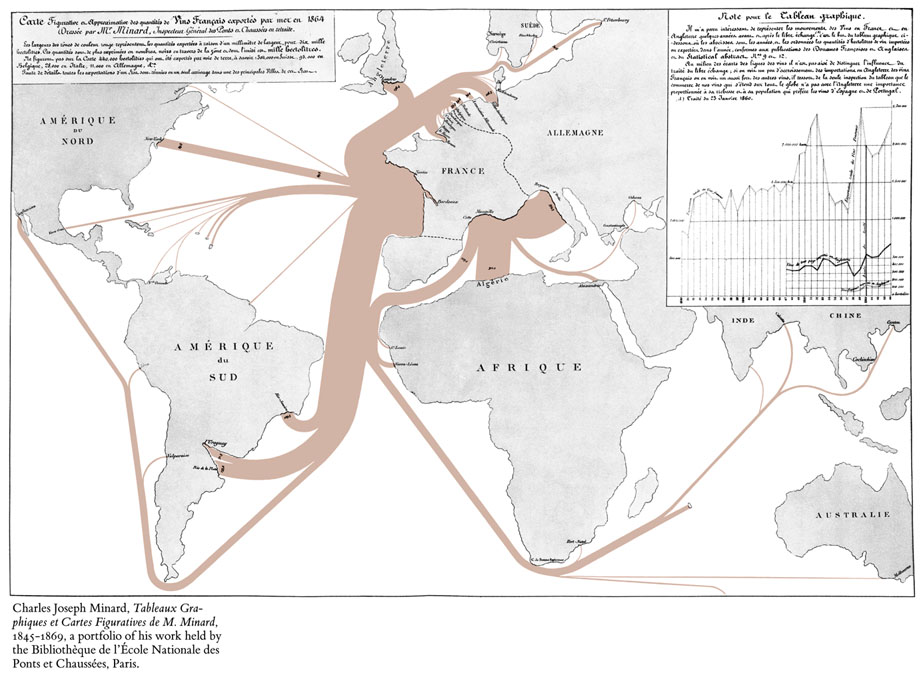Written for popupwine.com.sg in September 2016.
Thirteen hour flights from Western Europe to Changi can be frustrating, particularly when these thirteen hours are spent in economy sitting next to Pop Up Wine’s cost conscious Finance Director!
But colonial era travel times were much worse. A good travel time between England and Singapore in the nineteenth century was around 100 days: more than 3 months!
This extended travel time was a huge issue for wine exporters. In the nineteenth century the vast majority of wines possessed a short shelf life: in a year oxidation would turn wine into vinegar, with the wine worsening gradually over this period.
A very high level of alcohol in wine can extend a wine’s life considerably, and merchants therefore added brandy to wine that was bound for a long trip at sea. The demand for fortified wines such as Port, Sherry and Madeira increased dramatically.
These fortified wines were popular in the colonies. As ships headed south they would often stop in the Portuguese Madeira Islands (east of the Canaries) where they would pick up wine for the long journey ahead.
At this time the vast majority of wine was stored and transported in barrels. Wine merchants often built or rented “tank cars” – massive wooden barrels on wheels – that could carry thousands of litres of wine by train. When the tank car reached its destination the wine would be “decanted” into smaller barrels.
Glass was not used as it was easy to damage, and non-uniform until well into the industrial revolution. In 1821 a company called Rickets of Bristol received a patent for a machine that manufactured identically sized bottles, in a shape we would recognise as a wine bottle today.
The use of bottles in wine storage was unusual in the nineteenth century. In Britain it was even illegal to sell wine by the bottle from 1636 until 1860.
Customers were very much at the mercy of unscrupulous or incompetent wine merchants, who received their wine in barrels and then bottled it themselves. These merchants often adulterated the wines.
Nonetheless the international wine trade was booming in the early nineteenth century, as shown in the below 1864 map by Charles Minard:

This came to a halt in the 1850s.
Powdery Mildew, a fungus, hit many French vineyards, massively reducing yields. In 1857 Henri Mares worked out a method of treating vines with sulphur which reduced the problem, but another – even more deadly – calamity struck.
A tiny North American louse called phylloxera reached europe and began attacking the rootstocks of European vines. It was unwittingly imported by English botanists, keen to study North American vines. The epidemic devastated vineyards in Britain and then moved to the European mainland, destroying most of the European grape growing industry. In 1863, the first vines began to deteriorate inexplicably in the southern Rhône region of France. The problem spread rapidly across the continent.
In France, one of the desperate measures grape growers took was to bury a live toad under each vine to draw out the “poison”.

A solution – to import more resistant North American rootstock and graft the vines onto this rootstock – was developed, but not until the vast majority of European vines were wiped out. In France alone, total wine production fell from 84.5 million hectolitres in 1875 to only 23.4 million hectolitres in 1889. Some estimates hold that between two-thirds and nine-tenths of all European vineyards were destroyed.
Ironically, some New World vines such as South Australian Grenache and Syrah (Shiraz) are now older than Old World vines. The Langmeil Barossa Old Vine Company, for example, have fines dating to the 1840s. Their very highly rated Shiraz is available in Singapore, via Pop Up Wine.
Another Barossa Valley winemaker, Hewitson, have an ancient vineyard of Mourvèdre planted in 1853 by Friedrich Koch. These are the oldest Mourvèdre vines on the planet. Magnums of their “Private Cellar” Shiraz Mourvèdre blend are also available from Pop Up Wine.

J., 29/9/16.
